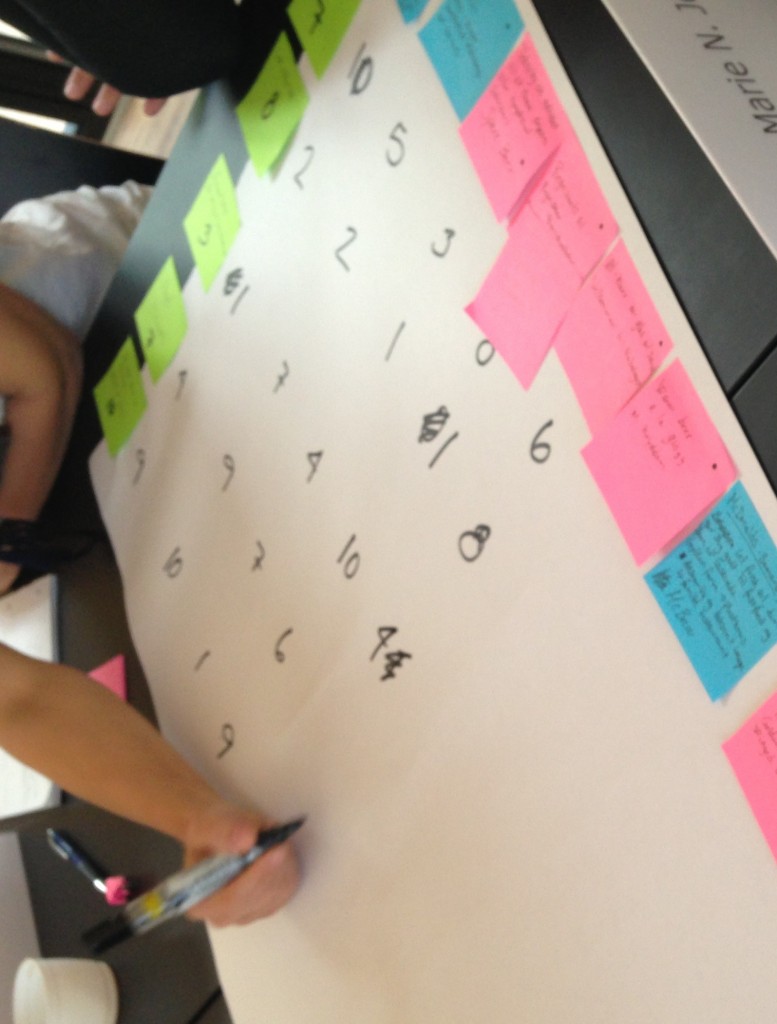The method is used to select ideas or concepts based on weighted criteria. This way a dialogue is created within the group work about the development and prioritization of criteria.
Normally, the development of criteria occurs implicitly, where the students might not be aware of what they and the other group members consider important for the solution. This is particularly the case in interdisciplinary collaboration. Basing the idea selection on weighted criteria helps this process along.


